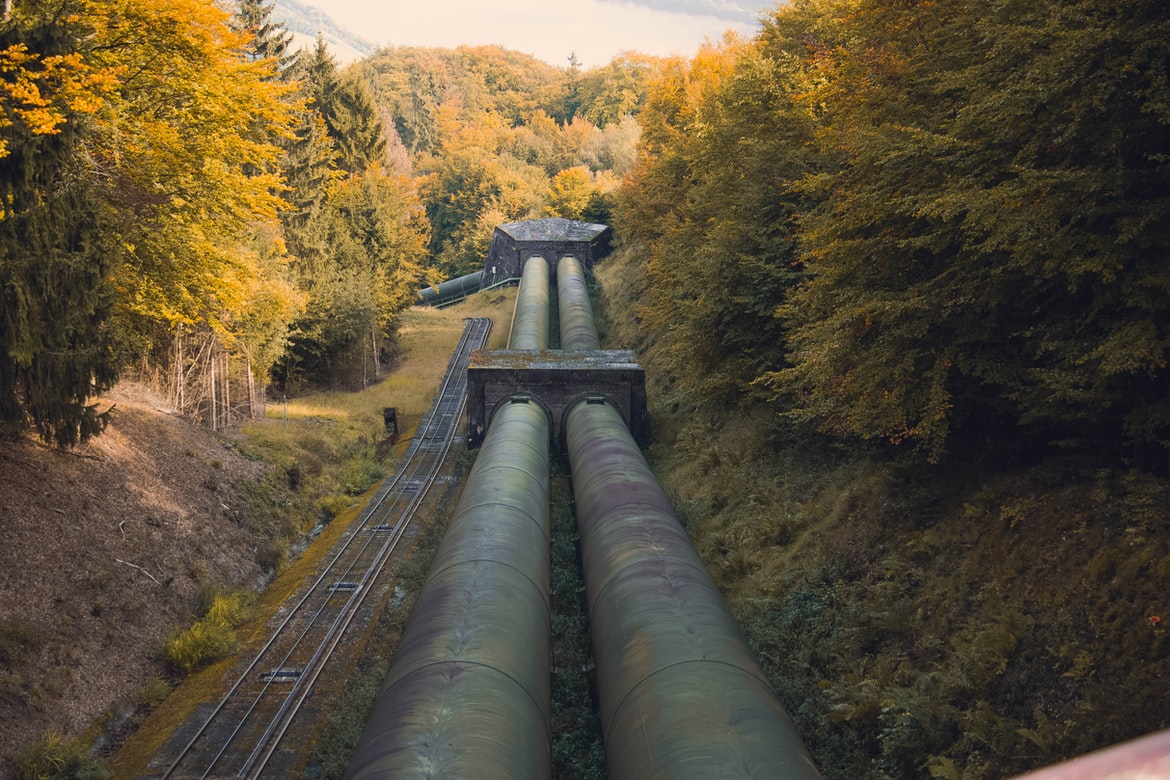
The conflict in Ukraine continues to make headlines, global gas and oil prices rise and Australians feel the pain at the pump. This brings into focus an important piece of infrastructure which fuels this nation by delivering resources used for energy and daily functions. Pipelines are a critical part of Australia’s transportation infrastructure, connecting not only our abundant oil and natural gas resources to refineries, chemical plants, businesses and consumers around the globe, but also water transportation for drinking or irrigation to ensure supply to our growing population.
Currently ranked as the world’s fifth largest natural gas exporter and the largest liquified natural gas (LNG) exporter,[1] Australia has approximately 39,000 kilometres of natural gas transmission pipelines alone. Sticking to Australia’s 2020 plan for a ‘gas-fired recovery’ from the COVID-19 pandemic, there is 600km of pipeline presently under construction and a further 12,200km of proposed new pipeline infrastructure across Australia, with the total value of this work amounting to AUD$25.8 billion.
This three-part series will provide insight into some of Australia’s major pipeline projects (existing and future), how to de-risk a major pipeline infrastructure project from common challenges and what to do to ensure successful project delivery.
Existing Pipeline Projects
Some of the existing pipeline systems operating in Australia include:
| PROJECT | OWNER | PRODUCT | LENGTH |
| Moomba – Sydney Pipeline | APA Group | Gas | 2,081 km |
| Victorian Transmission System | APA Group | Gas | 1,993 km |
| Dampier – Bunbury Natural Gas Pipeline | DBP | Gas | 1,489 km |
| Ichthys Gas Export Pipeline | INPEX | Gas | 890 km |
| Eastern Gas Pipeline | Jemena | Gas | 797 km |
| Moomba – Port Bonython Pipeline | Santos | Oil/Condensate | 659 km |
| Goldfields Water Supply Scheme | WA Water Corporation | Water | 566 km |
| Wentworth to Broken Hill Pipeline | WaterNSW | Water | 270 km |
| Tailem Bend to Keith Pipeline | SA Water | Water | 132 km |
| Swan Reach to Paskeville Pipeline | SA Water | Water | 189 km |
Data by the Australian Pipeline and Gas Association.
Upcoming Projects
Some of Australia’s upcoming and proposed pipeline infrastructure projects include:
- Scarborough and Pluto Train 2
The current Scarborough gas resource, located in Carnarvon Bason (approx. 375 km west-north-west of Karratha, WA) will be developed through new offshore facilities and connected by a pipeline approximately 430 km in length to a proposed second LNG train (Pluto Train 2) at the existing Pluto LNG onshore facility. Construction is scheduled to commence in 2022 with the first LNG cargo targeted for 2026.
Value: AUD$16 billion
Stage: Target final investment decision in the second half of 2021.
- Darwin Pipeline Duplication Project
Santos is proposing to construct and operate a 123 km section gas pipeline that will allow gas from the Barossa gas field in the Timor Sea, to be transported to Darwin LNG Facility thereby preserving the existing Bayu-Undan to Darwin Pipeline for re-purposing opportunities in the future. Santos aim on starting works in early 2023 to ensure gas can be delivered in the first half of 2025.
Value: AUD$4.7 billion
Stage: Seeking necessary regulatory approvals
- Browse
Browse Project is an LNG facility under consideration for the Dampier Peninsula in Western Australia, 425 km north-west of Broome. With three unsuccessful attempts at development, if to proceed, the project would include two floating production storage and offloading facilities delivering 11.4 Mtpa of LNG and domestic gas, and approximately a 900 km pipeline to existing NSW project infrastructure.
Value: AUD$20.5 billion.
Stage: Approval Stages – concept definition phase commenced
- New South Wales Connections Package
As part of the Federal Government’s AUD$40 million National Water Grid construction program, two new pipelines will be constructed enable the expansion of the agriculture industries and provide adequate water supplies and address storage and quality issues. One new 5.3 km pipeline will be constructed at the Griffith Water Reclamation Plant, while the other pipeline will be built from Broken Hill to Menindee Graziers.
Challenges on Pipeline Projects
Whilst many pipeline projects are lineal in nature they are still complex. Said projects can be filled with external bottlenecks causing delays, excessive costs, and various other problems. Throughout the design, construction, and management phases of a pipeline project some of the challenges which may inevitably arise are as a result of geological, geographical and even geopolitical issues, for example, failing to obtain correct approvals. In order to keep a major pipeline construction project on schedule and under budget, careful consideration is required during the planning stage to ensure bottlenecks are avoided and the project is delivered successfully.
Lamont Project & Construction Lawyers
We have the industry knowledge and experience to assist both Principals and Contractors in all major pipeline projects, their unique challenges and how to overcome them in a way which best aligns with project objectives. If you have any questions about any matters raised in the above article or the forthcoming series as it relates to your specific circumstances, please contact Lamont Project & Construction Lawyers.
The contents of this article is for information purposes only; it does not discuss every important topic or matter of law, and it is not to be relied upon as legal advice. Specialist advice should be sought regarding your specific circumstances.
Contact: Peter Lamont or Stephanie Purser
Email: peter@lpclawyers.com or stephanie@lpclawyers.com
Phone: (07) 3248 8500
Address: Suite 1, Level 1, 349 Coronation Drive, Milton Qld 4064
Postal Address: PO Box 1133, Milton Qld 4064
[1] Bp Statistical Review of World Energy, 2021.